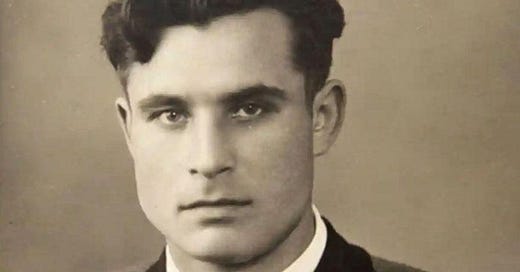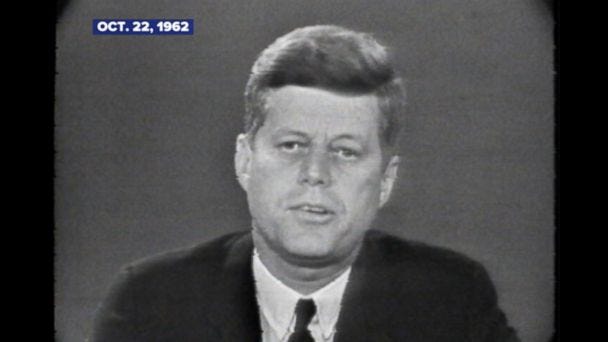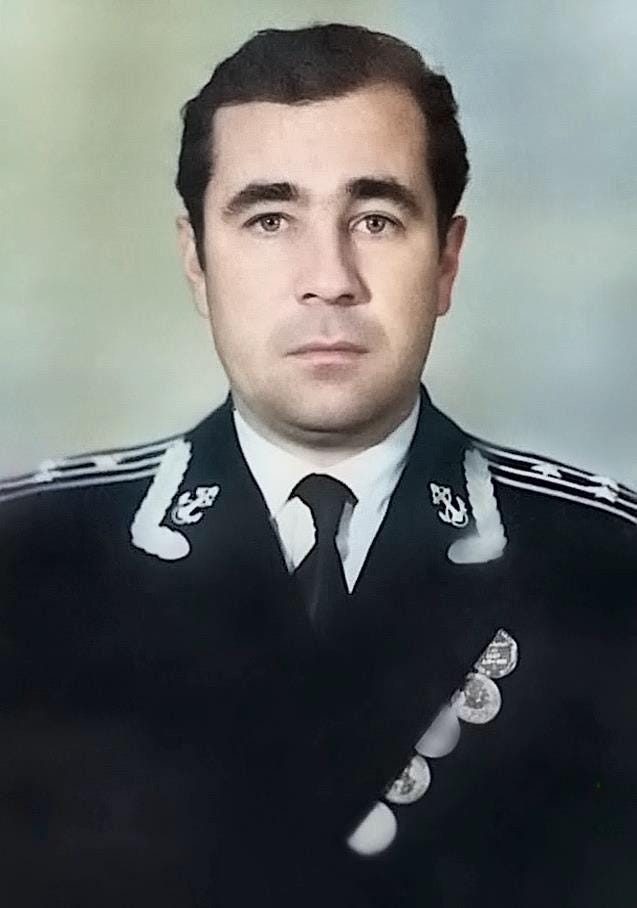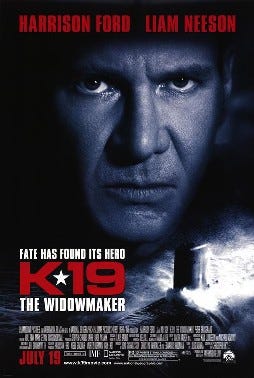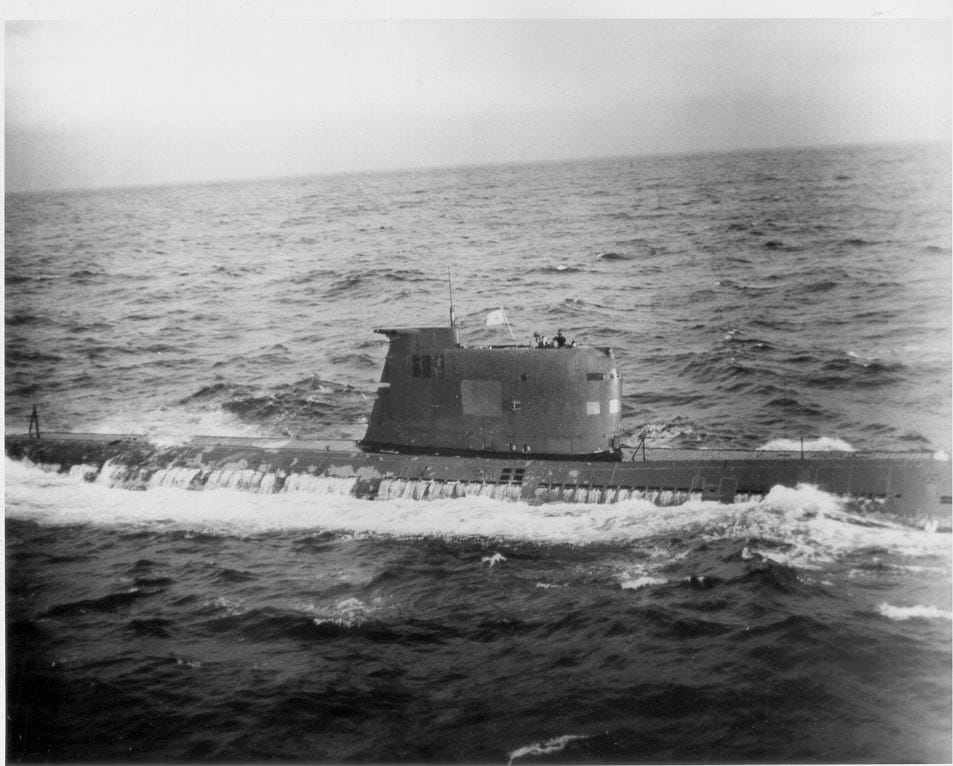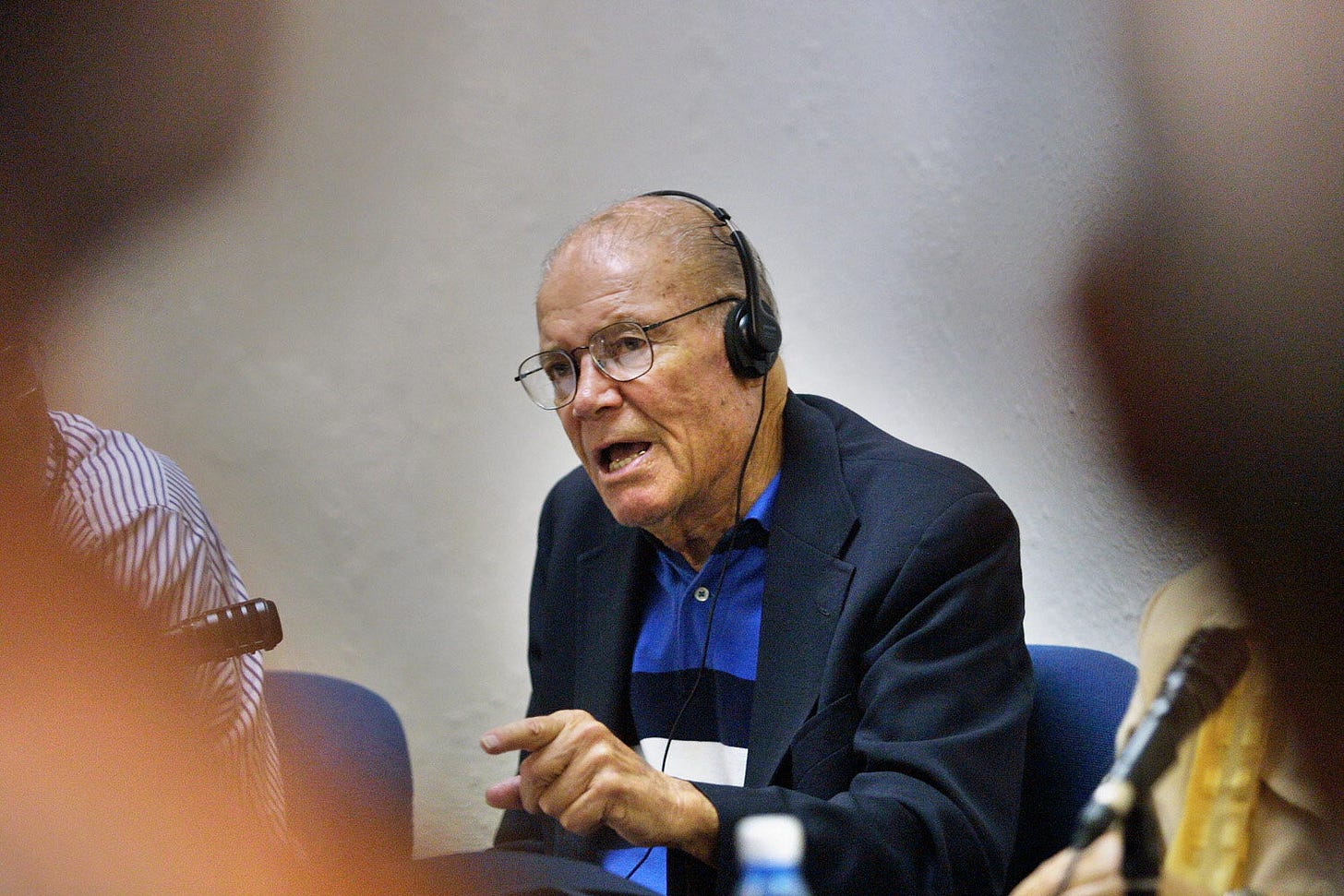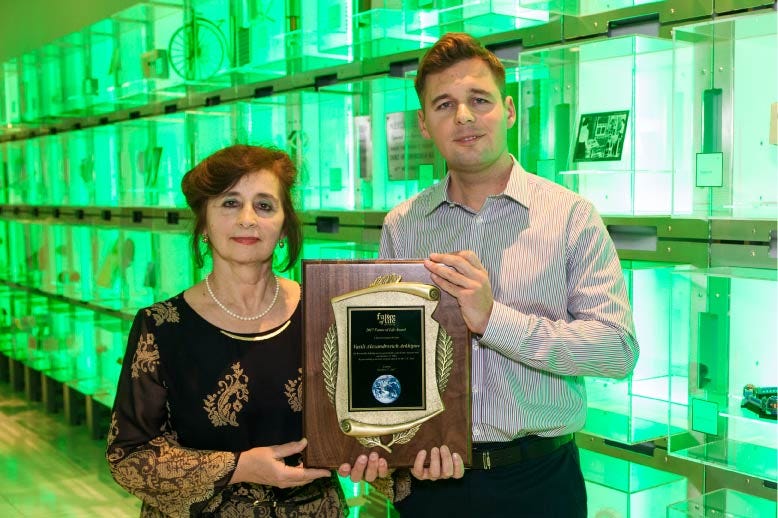October 27, 1962 is an important date in history.
It’s not a national holiday or a date that most people would recognize as significant, but something incredible happened on this date.
Or perhaps this date is significant because of something that didn’t happen.
On October 27, 1962, one man’s actions likely prevented World War 3.
Who was this man – and why didn’t I learn this story in history class?
I was curious…
October 27,1962 was the eleventh day of the 13-day Cuban Missile Crisis.
Five days earlier, US President John F. Kennedy had addressed the nation about the crisis that was unfolding.
It was then that the world learned there were Soviet missile sites in Cuba – and Kennedy said their purpose was to “provide a nuclear strike capability against the Western Hemisphere.”
President Kennedy announced a quarantine around Cuba, and the world watched as the threat of war loomed.
But while politicians sought a resolution, another crisis was unfolding on a Soviet submarine in the Sargasso Sea.
That submarine was the B-59, one of four diesel-powered subs the Soviets sent on a 7000-mile journey from a top secret naval base in Arctic Circle “to strengthen the defense of the island of Cuba.”
One of the officers aboard the B-59 was a man named Vasili Alexandrovich Arkhipov.
Arkhipov was 34 years old, and a modest, soft-spoken man.
But he was an experienced officer – and the commander of the entire submarine fleet on a difficult mission.
The subs were to avoid detection on their way to Cuba – but to travel secretly, the diesel submarine could only be at the surface for “1 percent of its overall time at sea.”
In fact, the speed of movement set by the Soviets was “twice the [speed] that would allow the subs to travel secretly.”
And when submerged, the subs were dependent on battery power.
Those batteries required periodic rising to reach a recharging depth – where detection was harder to avoid.
The Soviet diesel-powered submarines were not designed for this mission – nor were they designed for sailing in a very hot climate or in the conditions of high salinity of water.
And to make matters worse, the conditions inside the B-59 were unbearable.
The air conditioning had stopped working, and the men were sweltering inside. Temperatures inside the sub were over 113 degrees Fahrenheit, and the engine room was an unbearable 140 degrees.
The air – full of engine heat and body odor – was rancid, and the carbon dioxide level was dangerous. The desalination equipment on the sub had malfunctioned, and other equipment was breaking.
They were running out of drinking water, and many sailors were fainting.
And the men onboard the B-59 had no idea what was happening above water.
They hadn’t heard from Moscow in days, and didn’t know if a war had already begun.
They were still trying to avoid detection – but their battery power was running low.
And then, the sub began rocking and shaking.
The American forces had found them, and a Navy group led by the carrier USS Randolph began dropping depth charges to the right and left of the B-59.
The depth charges were non-lethal, and were dropped to encourage the Soviet submarine to surface.
But the Soviet crew of the B-59 didn’t know what was happening.
“It felt like you were sitting in a metal barrel which somebody is constantly blasting with a sledgehammer,” Senior Lieutenant Vadim Orlov, the communications officer on B-59, recalled.
“The situation was quite… shocking for the crew.”
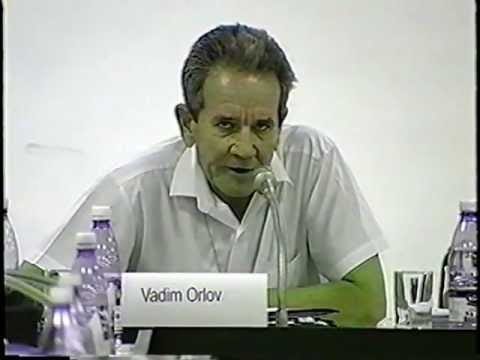
As the American forces tried to get the sub to surface, they were unaware of the danger that lurked below.
The B-59 was carrying 22 torpedos, including a “special weapon” – a nuclear torpedo, comparable in strength to the bomb dropped in Hiroshima.
The other three subs in the fleet were also armed with a nuclear warhead.
And even more concerning – the Soviet officers had permission to launch the “special weapon” without Moscow’s approval.
Two of the B-59’s senior officers were convinced they were under attack.
The captain of the B-59, Valentin Savitsky, wanted to launch the missile.
Savitsky believed that the war may have already begun.
According to a report from the US National Security Archive, Savitsky exclaimed:
“We’re gonna blast them now! We will die, but we will sink them all – we will not become the shame of the fleet.”
Although the Soviet submarine did not need Moscow’s approval to launch the missile, there was one important caveat:
They could not deploy the weapon unless all three senior officers on board agreed to it.
While two of the senior officers agreed to deploy the weapon, the third senior officer, Vasili Arkhipov, did not.
Arkhipov argued that what they were experiencing was not an attack.
He believed the ship was being asked to surface, as dropping depth charges left and then right were signals.
They say, “We know you’re there. Identify yourselves. Come up and talk. We intend no harm.”
While the details are controversial (and the official Soviet debriefs are still secret) reports agree that Arkhipov was able to reason with Savitsky that day.
As a result, the torpedo was never fired, preventing what could have been the beginning of a nuclear war.
Arkhipov was all-too-familiar with tense situations aboard a sub – and also the dangers of radiation.
In 1961 – just one year earlier – he was the deputy commander of the submarine K-19 when it was at risk of a nuclear meltdown after a leak in its reactor coolant system.
The crew onboard the K-19 was able to prevent a reactor meltdown, but many of them died due to the high levels of radiation they were exposed to.
Arkhipov was well-respected after his role in the K-19 incident, and though we don’t know precisely what he said to Savinsky on that day in October 1962, we do know that he was able to persuade the captain to surface.
And when the B-59 surfaced, the crew discovered they were surrounded by American forces – both in the water and the sky.
The Americans did not board the B-59, and the sub returned to the Soviet Union.
When the B-59 returned to the Soviet Union, many of the crew members were criticized by their superiors.
Arkhipov’s wife, Olga, said he didn’t like to talk about what happened on the B-59, and that “he felt they hadn't appreciated what they had gone through.”
But Arkhipov continued commanding submarines in the Soviet Navy. He was promoted to vice admiral in 1981, and retired in the mid-1980s.
Arkhipov later developed kidney cancer (possibly affected by the radiation he was exposed to on the K-19).
He died on 19 August 1998 at age 72 – with most of the world unaware of the events on the B-59 October 27, 1962, and his role in history.
Reflecting on the event 40 years later, Robert McNamara, who had been the US Secretary of Defense at the time, said:
“We came very, very close [to nuclear war,] closer than we knew at the time.”
So why didn’t I learn this story in school?
Well, many of these details weren’t made public until 2002.
That’s when players from both sides gathered at an event in Havana, Cuba to mark the 40th anniversary of the Cuban Missile Crisis.
Fidel Castro and the Cuban government hosted the event, where Cuban documents from the period were declassified.

Representatives from the Kennedy administration, including McNamara, Theodore Sorensen (former special assistant to the President) and former Kennedy aide Arthur Schlesinger, Jr attended, along with representatives from Russia, including Sergei Khrushchev, son of the former Soviet premier, and Dimitri Yazov, former Soviet Defense Minister.
Although Arkhipov had died four years earlier, the B-59 communications officer Vadim Orlov was there and shared his recollections from that day on the Soviet sub.
That’s when many learned the details of what happened on October 27, 1962 and when, as National Security Archive director Thomas S. Blanton described:
“A guy named Arkhipov saved the world.”
But according to Arkhipov’s daughter Elena Andriukova, her father was modest about this role that day.
“He acted like a man who knew what kind of disasters can come from radiation. He did his part for the future so that everyone can live on our planet.”
“He always thought that he did what he had to do and never considered his actions as heroism.”
In 2017, Vasili Arkhipov was recognized with a “Future of Life” award, a prize awarded “for a heroic act that has greatly benefited humankind, done despite personal risk and without being rewarded at the time.”
His daughter Elena and grandson Sergei accepted the award on his behalf.
But wait, there’s more!
As I was finishing this story, I discovered the National Security Archive had just published a presentation Arkhipov made in 1997. It helps us understand the difficult conditions onboard the B-59, though does not include answers to the questions I still have about this story.
And though this incident happened 60 years ago, the details of this story are still emerging. Perhaps we’ll learn more when the Russian documents relating to Operation Kama, the submarine deployment, are declassified.
Recent Work and Writing
The Thumbs Up Emoji Does Not Make You Look Old — Despite what you may have read (or heard) about this recently, it’s still OK to use the thumbs up emoji.
Reach Out and Touch Someone (Metaphorically Speaking) — I reconnected with a friend I hadn’t seen in 20 years. Here’s why I recommend it.
What’s up with all the cheaters? — From celebrities to sports, the news is full of cheating scandals right now. What’s going on?
I Get What Serena Is Saying — Serena caught a lot of grief after some comments she made last month. But is she right? I investigate…
How Can I Help?
I’ll keep saying it: Communication Matters.
How much?
Well, recent research found that communication is the most in-demand soft skill employers are looking for today.
But don’t worry, darling…If you want to improve your communication (and get all the good things that come with that), I’m your gal.
So many companies could reap so benefits – from performance and culture to retention and engagement – by improving their communication.
So, if you know someone who could benefit from some help (as even the most seasoned leaders do), please get in touch and check out my website for more information.
You can also see my Top 10 list of what I can (and can’t) do for you here.
And here’s the most entertaining communication example I’ve seen this week:
It combines communication, creativity, music, and my gal Taylor.
Yes, the UK’s Channel 4 news aired a montage of clips of outgoing Prime Minister Liz Truss played to her favorite song — “Blank Space.”
And if you see any communication examples (the good, the bad, and the ugly) that you think are worth analyzing or sharing, please send them my way!
Stay Curious!
-Beth

